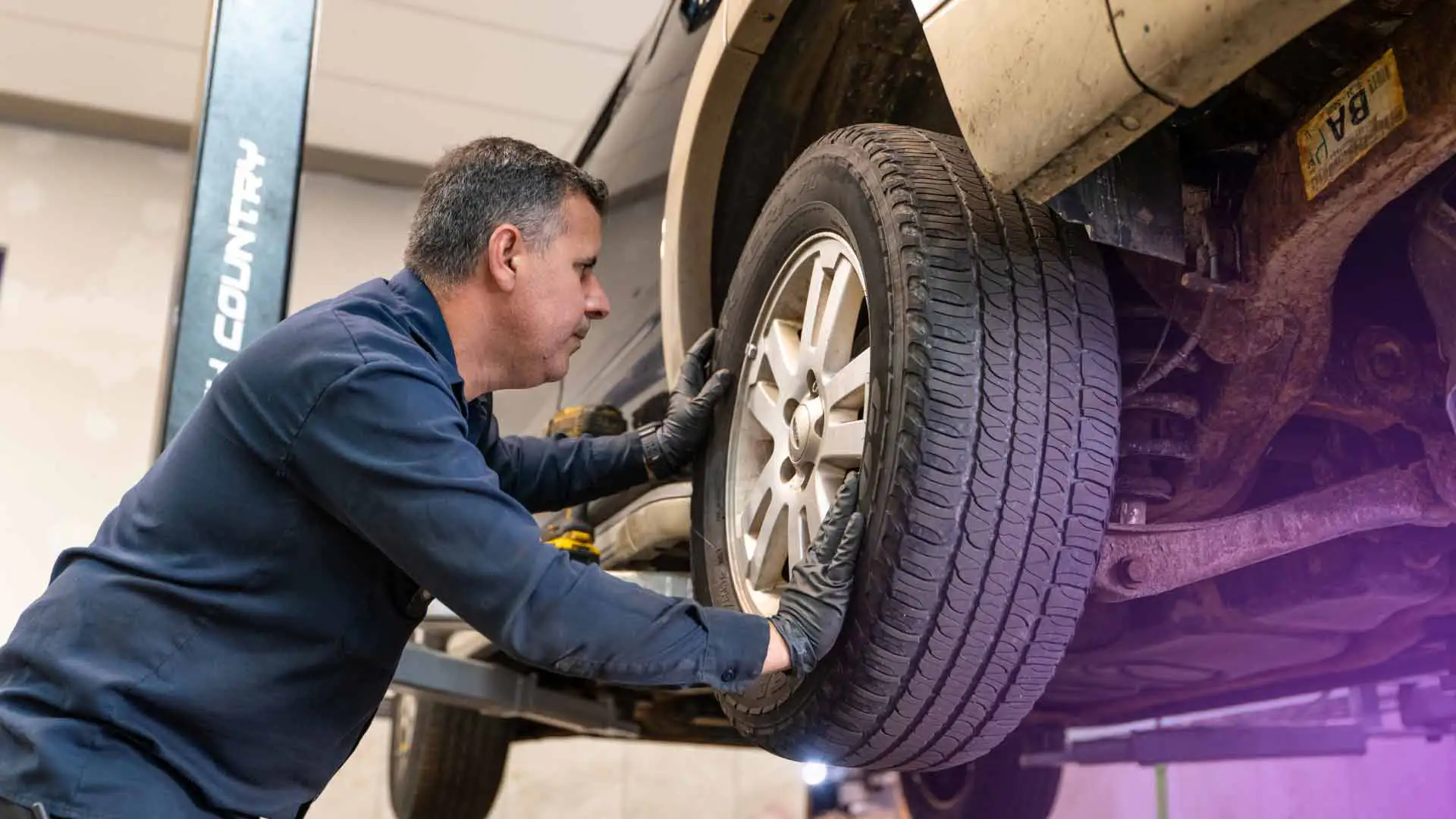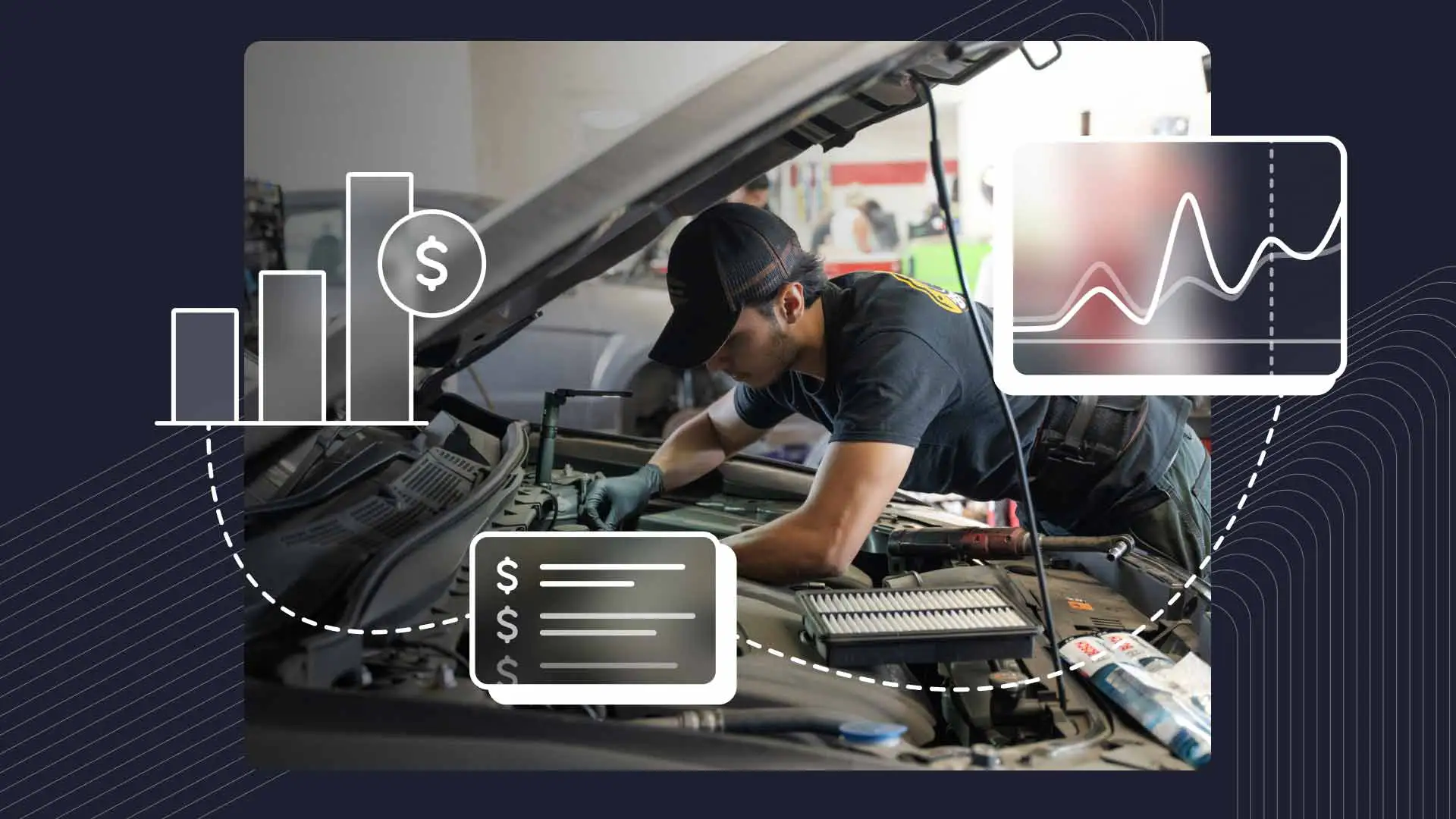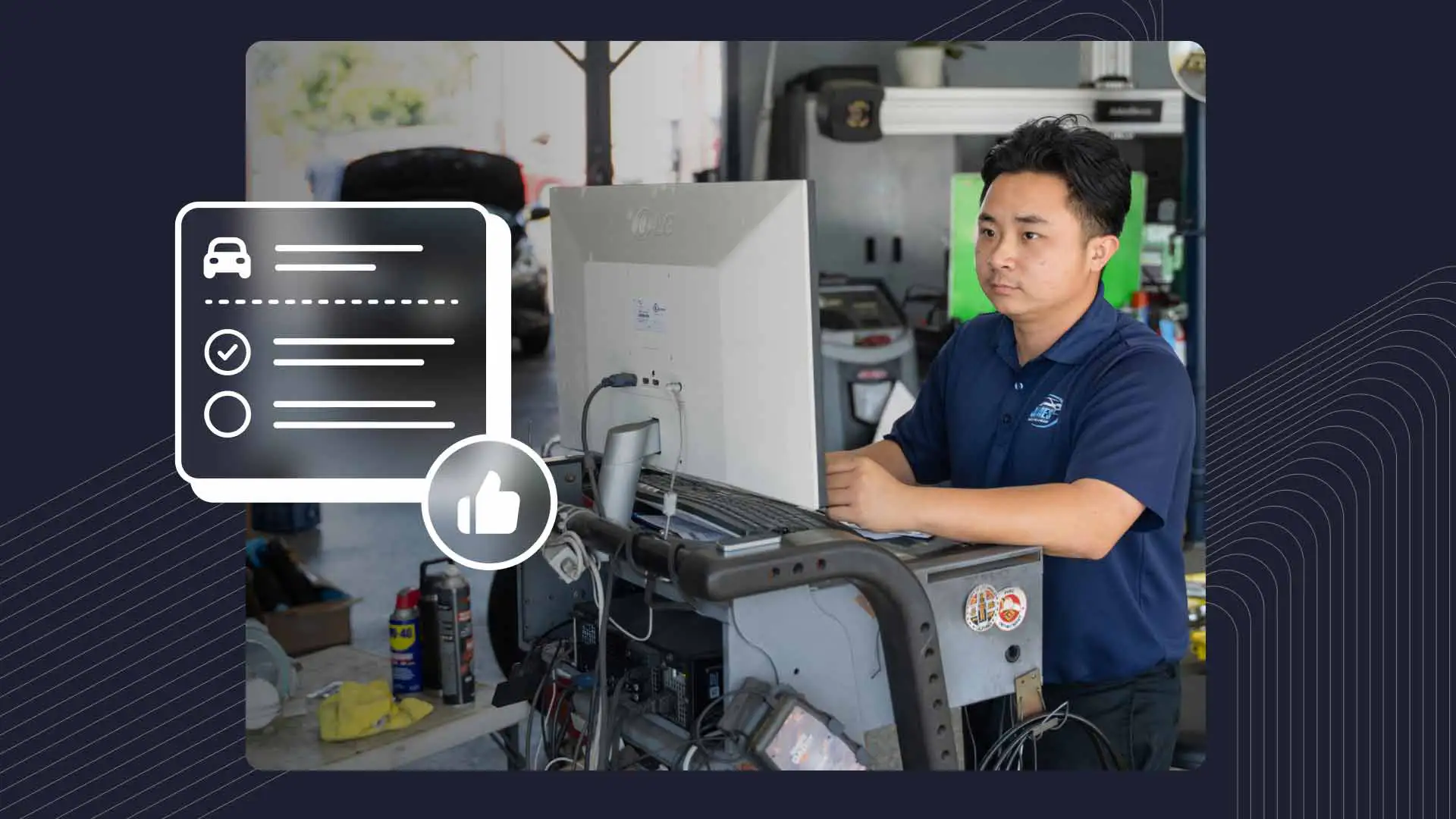When most people think of tire issues, they usually focus on repairing or replacing a flat. However, several other problems can crop up when the rubber meets the road. Case in point: tire cupping and feathering, both of which can significantly impact a vehicle’s safety and performance if they aren’t addressed soon enough.
What is tire cupping? Tire cupping is when uneven wear on the edges or center of a tire forms small depressions, or “cups.” While low-quality tires are sometimes blamed, cupping is more often related to maintenance or mechanical issues.
What is tire feathering? Tire feathering refers to uneven tread wear, where one side of a tread rib becomes rounded and the other develops a sharper edge. This usually stems from suspension problems or poor wheel alignment, causing tires to wear down at an angle.
Tire cupping and feathering come with a number of drawbacks. The most important one is safety, as both conditions reduce the tire’s contact with the road. This increases the braking distance, and can lead to hydroplaning or even blowouts. Beyond safety, uneven wear patterns can also impact ride comfort, causing excess vibration, noise, and poor handling. Cupping and feathering can take a financial toll as well: Tires that wear prematurely need to be replaced more often, potentially leading to expensive suspension or alignment repairs.
What Causes Tire Cupping?
Getting to the root of what causes cupping of tires often means looking at overall systems rather than a single isolated problem. Some common culprits include:
1. Suspension Issues: As vehicles age, suspension components like shocks, struts, and bushings wear out. When this happens, they don’t absorb the impact of the road as well, resulting in excessive bouncing that can create uneven tire wear. Similarly, bad ball joints and tie rod ends, which help stabilize the car’s alignment and steering, can cause tires to roll unevenly and produce a cupping effect. Bent wheels may also throw off the tire’s balance and prevent uniform contact with the road.
2. Wheel Balancing Problems: A tire that’s unbalanced can create vibrations that force certain parts of the tire to make more intense contact with the road than others. This leads to uneven tread wear that, over time, can result in cupping.
3. Improper Tire Inflation: Running tires above or below their recommended PSI is asking for trouble. Underinflation can cause excessive flexing at the sidewalls, which results in uneven and faster wear. On the other hand, overinflated tires make less contact with the road, causing quicker wear in the center of the tread.
What Causes Feathering on Tires?
Tire feathering can be caused by several different factors–anything from alignment issues to driving habits to road conditions. Here’s how it happens:
1. Misalignment: Wheels can get pushed out of alignment for any number of reasons, like hitting curbs or potholes, worn out suspension components, vehicle modifications, or taking speed bumps too aggressively. Whatever the cause, when the toe (whether the tires point inward or outward) or camber (the angle of the tires relative to the road) is off, it creates uneven friction that leads to those sharp edges you find in feathered tires.
2. Driving Habits: How the car is driven plays a significant role in tire wear, too. Hard cornering, braking and accelerating too quickly–or too often–or opening up the throttle at every opportunity (i.e., speeding) all cause tires to wear faster and, in many cases, unevenly. Note: Overloading the vehicle, in addition to making it harder to control, can lead to uneven tire wear as well.
3. Uneven Road Surfaces: As you might imagine, regularly traveling on uneven roads or bumpy surfaces isn’t ideal for most vehicles. While it may be a temporary thrill for the driver and/or passenger(s), the long-term effects can compromise suspension parts, causing faster and irregular tire wear and upping the odds of feathering.
Diagnosing the Problem
How can you tell if a car’s tires are showing signs of cupping or feathering? Start by giving them a good once-over. For tire cupping, look for wavy tread wear or “scalloped” dips on the tire’s surface. For feathering, focus on the tire edges by running your hand across the tread surface. Here, you’re feeling for a noticeable difference in texture, like ridges or sharp edges on one side of the tread vs. smooth sections on the other.
A professional inspection should help determine the cause of uneven tire wear patterns. Specialized equipment can be used to check wheel balancing and alignment, and to correct any issues that may be responsible for the problem. Assessing the suspension system can also reveal components that are past their sell-by date and need replacement.
Prevention & Solutions
Preventing tire cupping and feathering is far easier–and more cost-effective–than dealing with the aftereffects. Recommend rotating tires every 5,000 to 7,500 miles so there’s even wear across all four. Remind customers to regularly check tire pressures, too, as both overinflation and underinflation can lead to uneven wear and other issues. Whenever a customer gets new tires or notices vibrations, a balancing job can help avoid irregular wear patterns. Also, since misalignment is a common cause of feathering, encourage customers to have their wheels professionally aligned, especially after hitting curbs or potholes.
Maintaining the suspension system is equally important. Worn shocks, struts, or other components should be replaced immediately before they become major (and costly) problems. Finally, it’s worth advising customers to steer clear of aggressive cornering and sudden braking.
Tackling Tire Cupping & Feathering
Understanding what causes tire cupping and feathering, and how to prevent them from shortening the lifespan of tires, can be your shop’s ace in the hole. In addition to providing customers with a more comfortable ride, you’re improving their safety and helping them avoid more expensive repairs down the road.
And, to keep your shop running as smoothly as a perfectly balanced set of tires, we recommend best-in-class tire shop software from Shopmonkey. Schedule a demo today and experience the difference firsthand!




